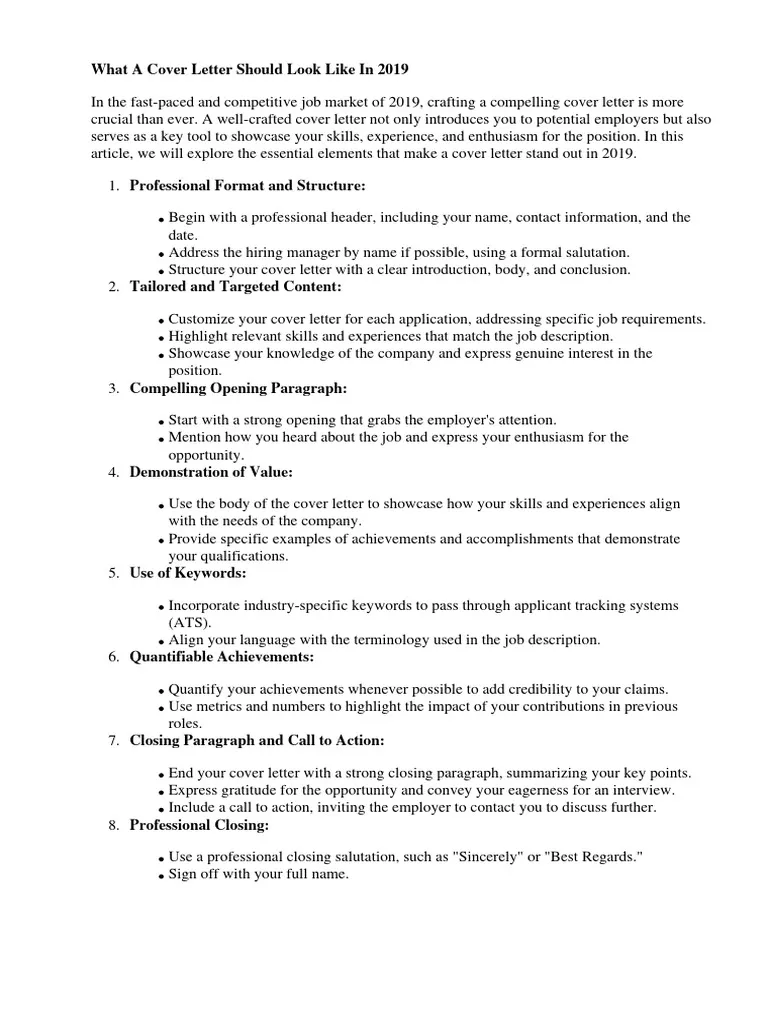What is a Cover Letter?
A cover letter is a crucial document that accompanies your resume when applying for a job. It serves as your introduction to the hiring manager and allows you to elaborate on your qualifications, skills, and experiences in a way that a resume cannot. Think of it as a personal sales pitch, highlighting why you are the perfect fit for the specific role and company. A well-crafted cover letter can significantly increase your chances of getting an interview, while a poorly written one can lead to your application being overlooked. Therefore, understanding how to write a compelling cover letter is an essential skill for any job seeker.
Why is a Cover Letter Important?
Cover letters are important because they provide context to your resume. They allow you to explain your career goals, connect your skills and experiences to the job requirements, and demonstrate your enthusiasm for the position and the company. They also provide an opportunity to address any potential gaps or weaknesses in your resume, such as a career change or a lack of direct experience. Furthermore, a cover letter showcases your writing skills, attention to detail, and professionalism, all of which are highly valued by employers. In a competitive job market, a well-written cover letter can be the key differentiator that sets you apart from other candidates.
Key Components of a Cover Letter
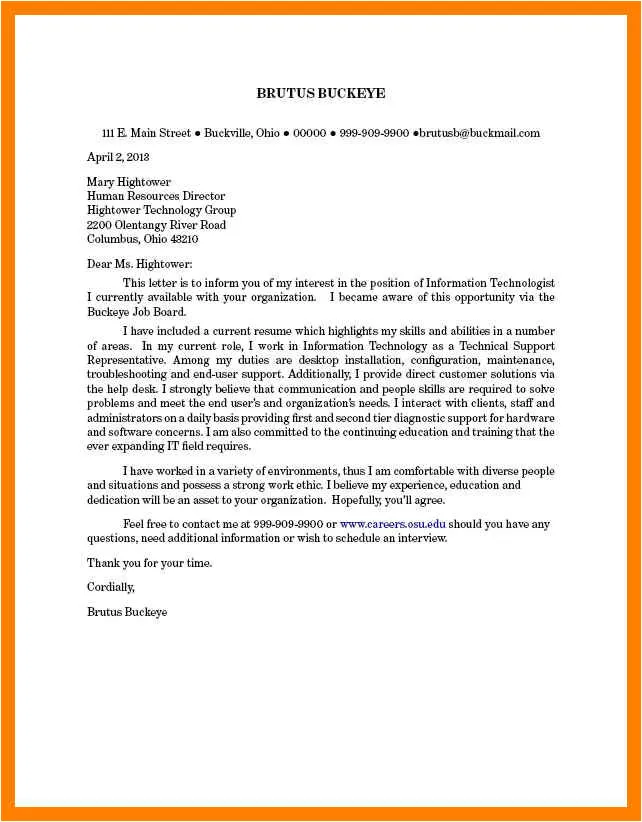
A successful cover letter is composed of several key components, each playing a vital role in conveying your message effectively. Structuring your letter correctly is as important as the content itself. A well-organized cover letter ensures that the hiring manager can quickly grasp your qualifications and understand your interest in the role. Adhering to a clear and professional structure also demonstrates your organizational skills and attention to detail, traits that employers value highly. Let’s break down the essential parts.
Contact Information
At the top of your cover letter, include your contact information. This typically includes your full name, phone number, email address, and optionally, your LinkedIn profile URL or personal website. Make sure your contact information is accurate and up-to-date so that the hiring manager can easily reach you if they want to schedule an interview. Ensure that your email address sounds professional.
Date
Following your contact information, include the date you are sending the cover letter. This helps the hiring manager know when the application was submitted and provides a reference point for their records.
Recipient’s Information
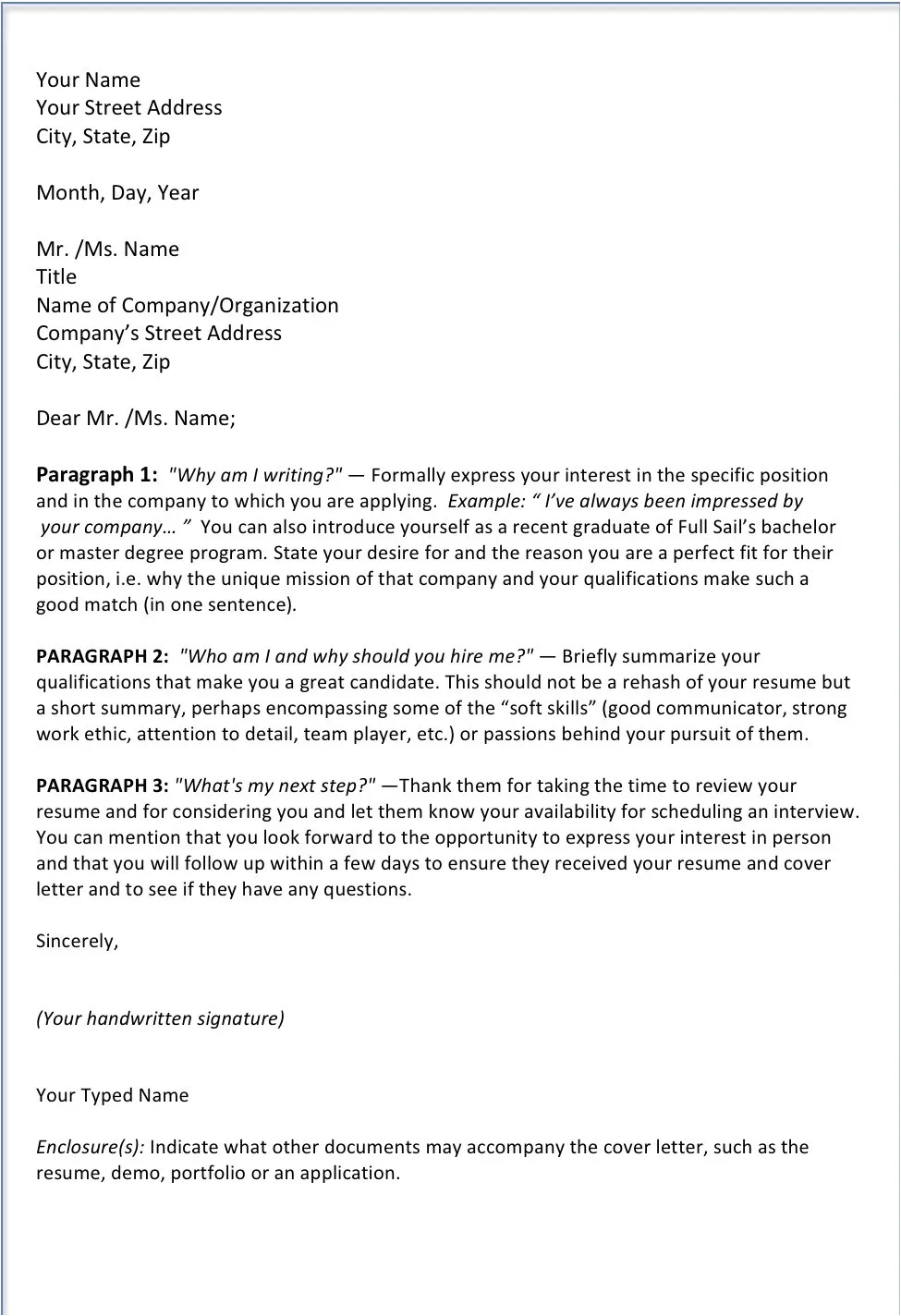
Below the date, include the recipient’s information. This typically includes the hiring manager’s name (if known), their title, the company name, and the company’s address. If you can’t find the hiring manager’s name, use a general salutation like “Dear Hiring Manager” or “Dear [Company Name] Team.”
Salutation
Start your cover letter with a professional salutation. The most common salutation is “Dear [Mr./Ms./Mx. Last Name],” if you know the hiring manager’s name. If you don’t know their name, use “Dear Hiring Manager” or “Dear [Company Name] Team.” Avoid generic salutations like “To Whom It May Concern,” as they can make your letter seem impersonal.
The Body of Your Cover Letter
The body of your cover letter is the main content where you sell yourself and your skills. It should be concise, compelling, and tailored to the specific job you are applying for. The body typically includes an introduction paragraph, a few paragraphs highlighting your skills and experience, and a closing paragraph. Each paragraph should have a clear purpose and contribute to your overall message. The tone should be professional yet engaging, and it should clearly communicate your enthusiasm for the role.
Introduction Paragraph
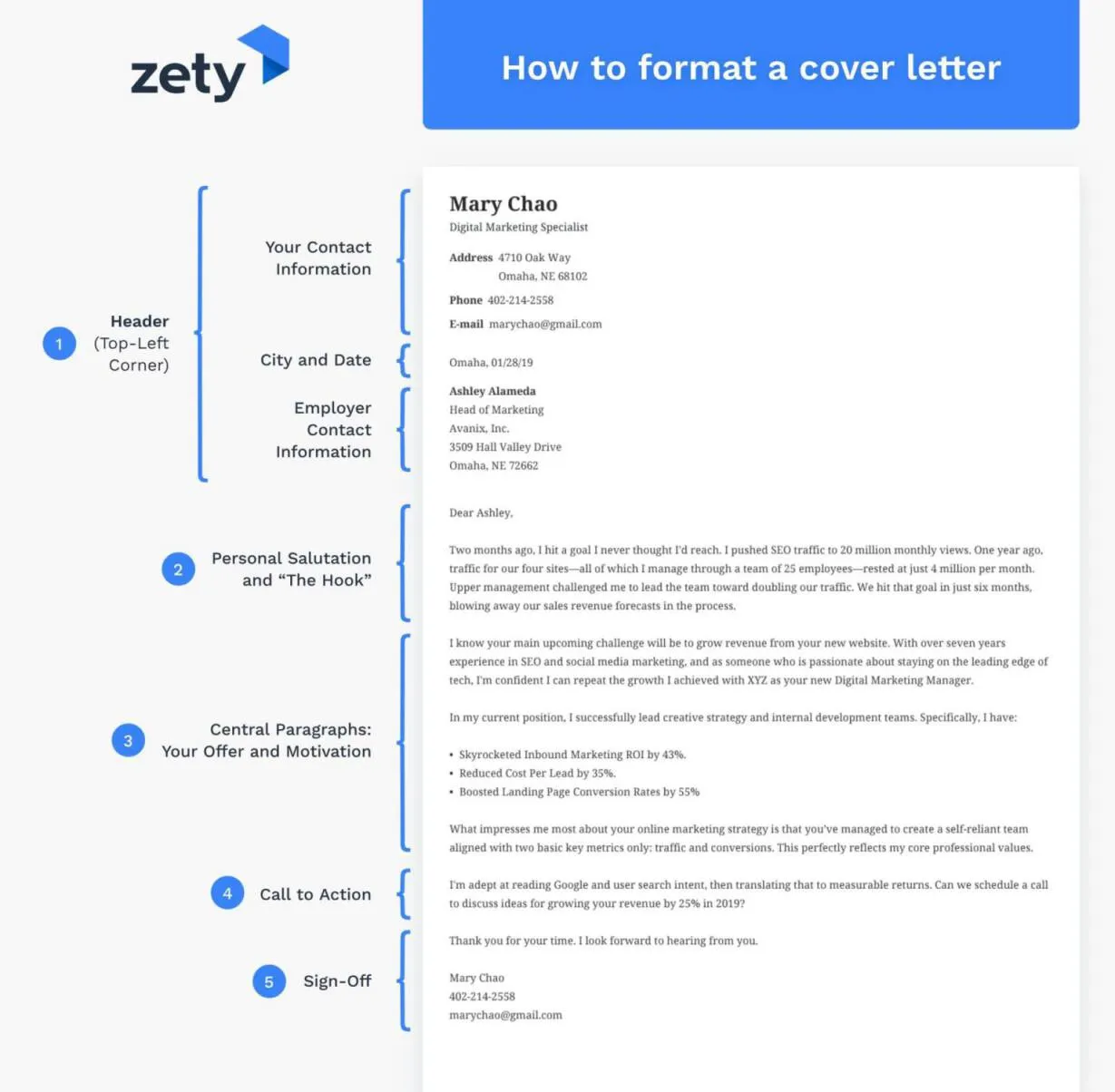
The introduction paragraph is your first opportunity to grab the hiring manager’s attention. Start by stating the position you are applying for and how you learned about the opportunity. Then, briefly mention your key qualifications and express your enthusiasm for the role and the company. Keep it concise and focused, aiming to make a strong first impression. This paragraph should immediately make the reader want to know more about you and your skills.
Highlighting Your Skills and Experience
The next few paragraphs should elaborate on your skills and experience, demonstrating how they align with the job requirements. Use specific examples and provide evidence of your accomplishments. Focus on the most relevant skills and experiences, and quantify your achievements whenever possible. Tailor this section to each job application, emphasizing the skills and experiences that are most important to the employer. This part should showcase why you are the best fit for the job.
Using Action Verbs
Use action verbs to describe your accomplishments and responsibilities. Action verbs help to make your cover letter more dynamic and engaging. Start each bullet point or sentence with a strong action verb to make your achievements stand out. Examples include “managed,” “led,” “developed,” “implemented,” “achieved,” and “increased.” Action verbs convey confidence and make your qualifications more impactful.
Tailoring Your Cover Letter
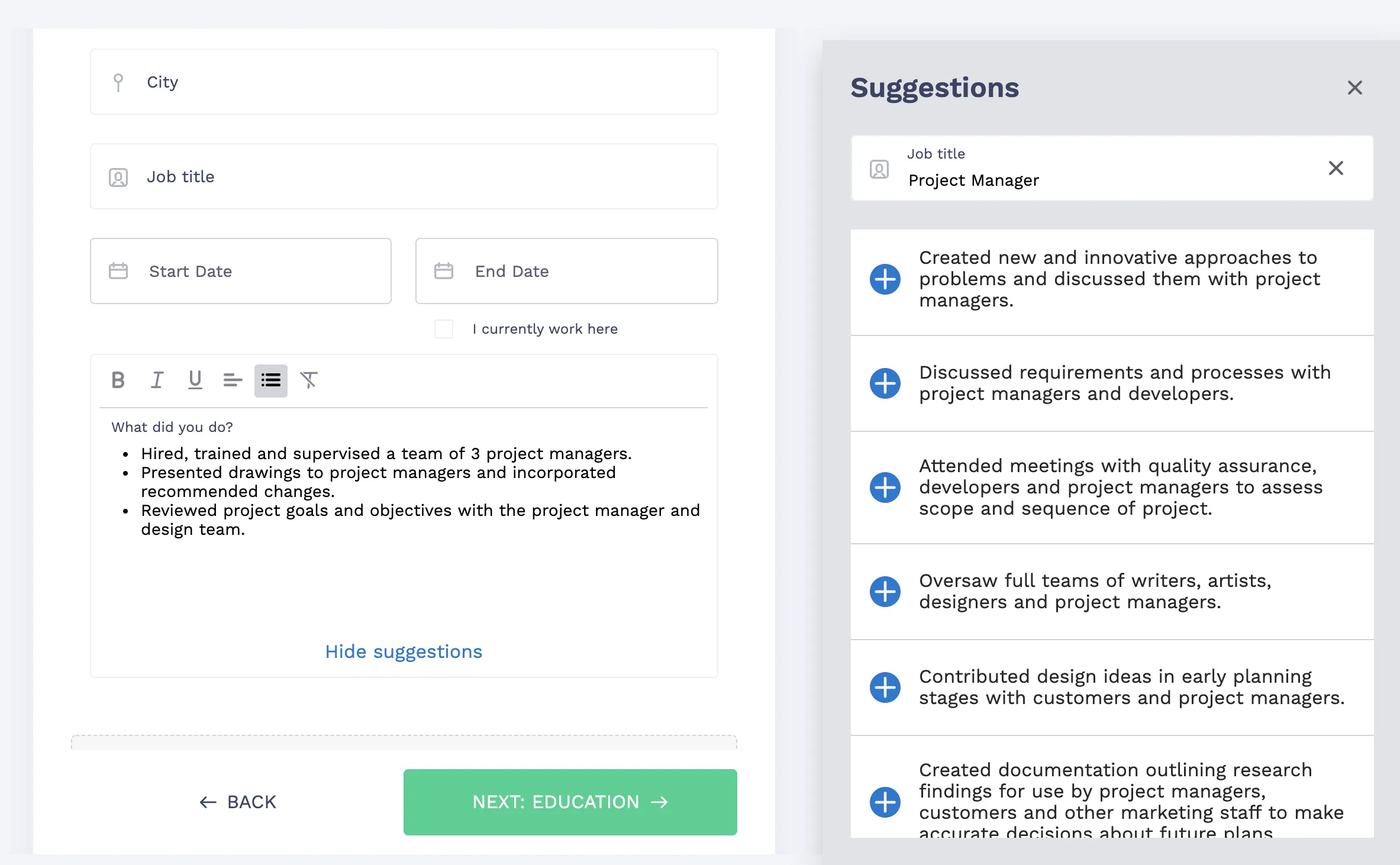
Tailor your cover letter to each job application. Avoid using a generic cover letter template; instead, customize your letter to match the specific requirements and responsibilities of the role. Research the company and the role to understand what skills and experiences they are looking for, and then highlight those in your letter. This demonstrates that you have taken the time to understand the position and are genuinely interested in the opportunity.
Addressing the Job Requirements
Carefully review the job description and address each of the required skills and experiences. Provide examples of how you have demonstrated these skills in the past. If the job description emphasizes specific software, skills, or experiences, make sure to highlight those in your cover letter. By directly addressing the job requirements, you show that you understand the role and that you possess the necessary qualifications to be successful.
Showcasing Your Achievements
Instead of simply listing your responsibilities, showcase your achievements. Use specific examples to demonstrate how you have added value in previous roles. Focus on quantifiable results, such as increased sales, improved efficiency, or successful project completion. Highlighting your achievements proves that you are a results-oriented individual and that you can make a positive impact on the company.
Quantifying Your Accomplishments
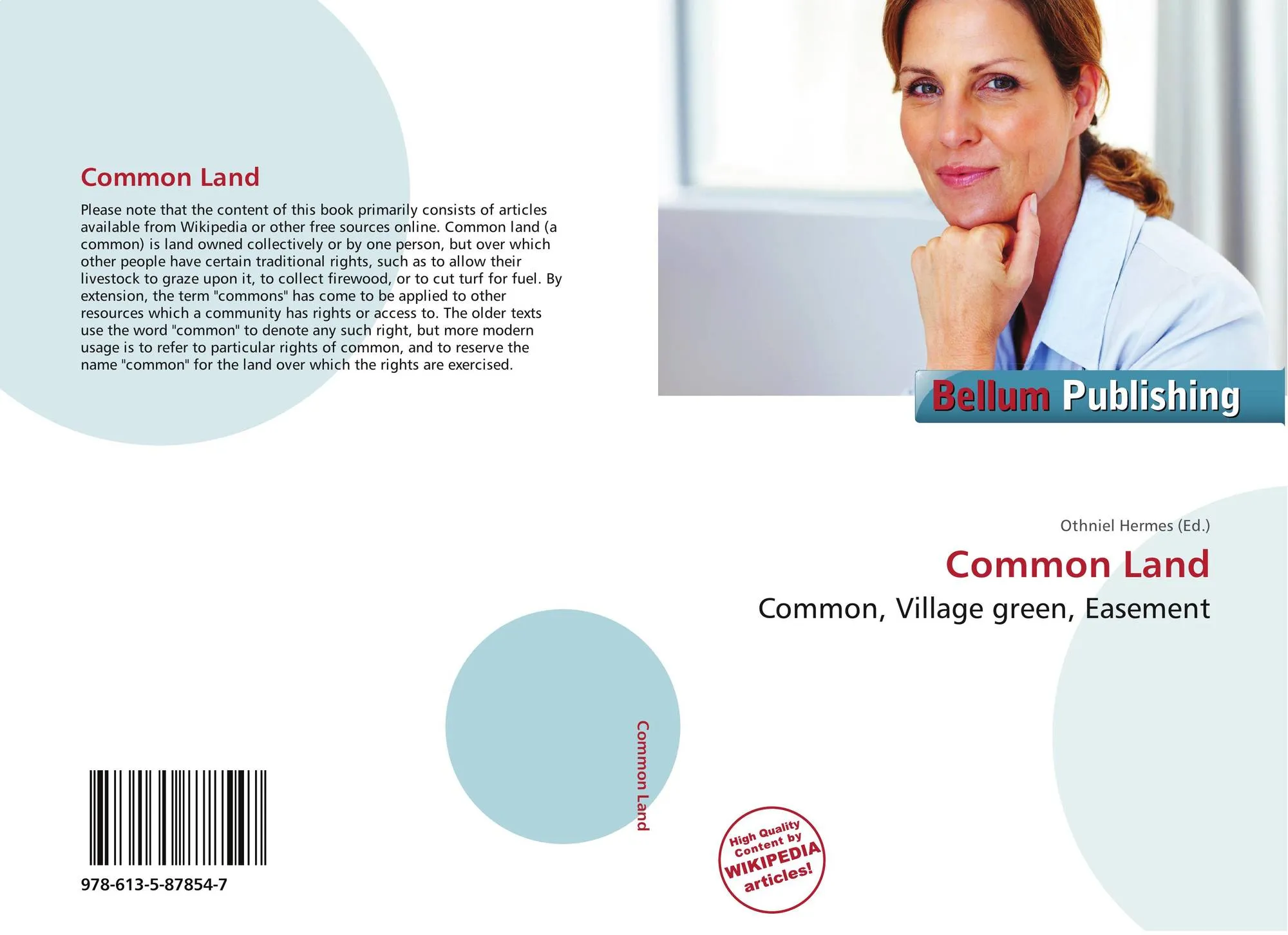
Whenever possible, quantify your accomplishments. Use numbers and data to demonstrate the impact of your work. For example, instead of saying “Improved customer satisfaction,” say “Improved customer satisfaction by 15%.” Quantifying your achievements adds credibility to your claims and provides a clear picture of your value. Use metrics like percentages, dollars, or units to show the positive impact you have made in previous roles.
The Closing Paragraph
The closing paragraph should summarize your interest in the role and express your gratitude for the hiring manager’s time and consideration. Reiterate your enthusiasm for the opportunity and briefly mention your key qualifications. End with a call to action, such as stating that you are available for an interview and look forward to hearing from them soon. Maintain a positive and professional tone.
Expressing Gratitude
Express your gratitude for the hiring manager’s time and consideration. Thank them for reviewing your application and for the opportunity to be considered for the role. Showing gratitude is a sign of respect and professionalism. It also leaves a positive impression on the hiring manager.
Call to Action
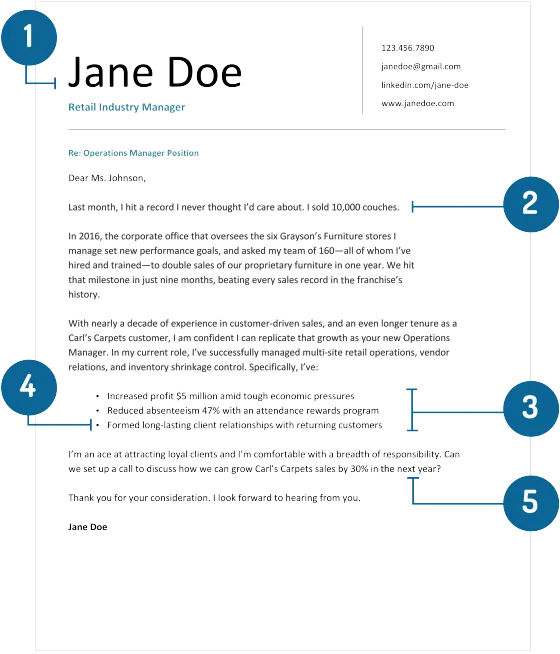
Include a call to action in your closing paragraph. This tells the hiring manager what you want them to do next. A common call to action is to express your availability for an interview and your eagerness to discuss your qualifications further. Make it clear that you are looking forward to hearing from them soon. For instance, “I am available for an interview at your earliest convenience and look forward to discussing my qualifications in more detail.”
Cover Letter Formatting and Style
The formatting and style of your cover letter are just as important as its content. A well-formatted letter is easy to read and demonstrates your attention to detail. Use a professional font, appropriate margins, and clear spacing to make your cover letter visually appealing. Avoid excessive use of colors or graphics, and maintain a consistent style throughout. This will make your letter more readable and improve your overall presentation.
Font and Size
Choose a professional and easy-to-read font, such as Times New Roman, Arial, or Calibri. Use a font size between 10 and 12 points. Avoid using overly fancy or decorative fonts, as they can be difficult to read. A clean and legible font will make your cover letter more accessible and ensure that the hiring manager can easily read the content.
Margins and Spacing
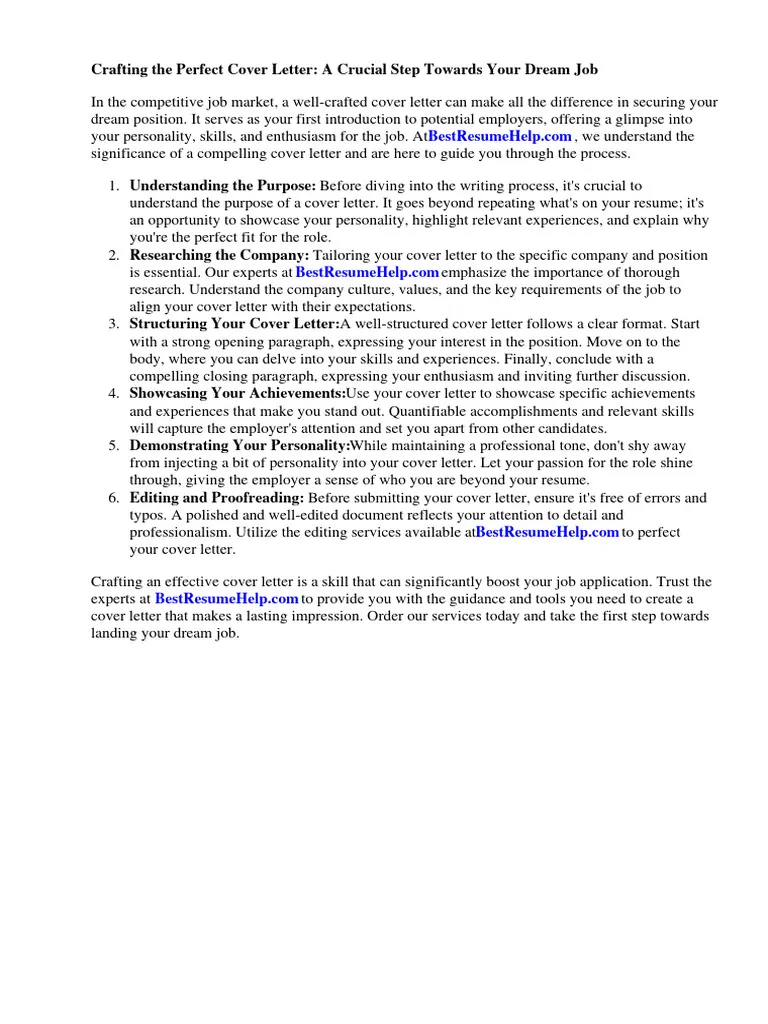
Use standard margins (typically 1 inch) on all sides of your cover letter. This will give your letter a balanced and professional appearance. Use single-spacing within paragraphs and double-spacing between paragraphs. This will improve readability and make your cover letter easier to scan. Proper spacing helps to avoid a cluttered look and makes your letter visually appealing.
Proofreading and Editing
Proofread and edit your cover letter carefully for any typos, grammatical errors, or inconsistencies. Errors can damage your credibility and make you appear unprofessional. Use spell-check and grammar-check tools, but also read your letter aloud to catch any mistakes that might be missed by automated tools. Having a friend or family member review your letter can also be helpful. Proofreading is a critical step in ensuring your cover letter is polished and professional.
Common Cover Letter Mistakes to Avoid
Avoid common mistakes that can undermine your cover letter. These include using overly formal language, writing a generic cover letter, and making typos or grammatical errors. Paying attention to these common pitfalls will help you create a more effective and professional cover letter that increases your chances of getting an interview.
Overly Formal Language
Avoid using overly formal language or archaic phrasing. Write in a clear, concise, and professional tone. Use active voice and avoid overly complex sentences. The goal is to communicate your qualifications effectively and make a positive impression. Modern cover letters are often conversational; however, the language should remain professional.
Generic Cover Letters
Avoid sending generic cover letters that are not tailored to the specific job or company. Customize each cover letter to match the job requirements and company culture. Research the company and the role, and highlight the skills and experiences that are most relevant. Generic cover letters demonstrate a lack of interest and can be easily dismissed by hiring managers.
Typos and Grammatical Errors
Proofread your cover letter carefully for any typos or grammatical errors. These errors can damage your credibility and make you appear unprofessional. Use spell-check and grammar-check tools, but also read your letter aloud to catch any mistakes that might be missed by automated tools. A polished and error-free cover letter shows that you pay attention to detail and take pride in your work.
Examples of Effective Cover Letters
Studying examples of effective cover letters can provide valuable insights into how to structure and write your own. Pay attention to the language, tone, and formatting used in these examples. Adapt these examples to your own skills and experiences to create a compelling cover letter. Review the different types of cover letters for different roles.
Cover Letter Example 1
Provide a brief cover letter example that showcases a compelling introduction, relevant skills, and a strong closing. Highlight key sections and provide a brief analysis of the example’s strengths. For example, use a cover letter for a marketing role, detailing how the applicant showcases their communication skills and experience with social media.
Cover Letter Example 2
Include another example of a cover letter, perhaps for a different profession, such as a software engineer or a project manager. This example should show the importance of tailoring your letter to the specific requirements of the job. Highlight different approaches to addressing the hiring manager and showcasing skills. This can include the importance of highlighting technical skills and achievements.
Final Thoughts on Cover Letters
Writing a great cover letter is an essential step in the job application process. It allows you to showcase your skills, experiences, and enthusiasm for the role. By following the guidelines outlined in this guide, you can create a compelling cover letter that grabs the hiring manager’s attention and increases your chances of getting an interview. Remember to tailor your cover letter to each job application, proofread it carefully, and present yourself in a professional and enthusiastic manner. Your cover letter is your chance to make a great first impression, so make it count.
